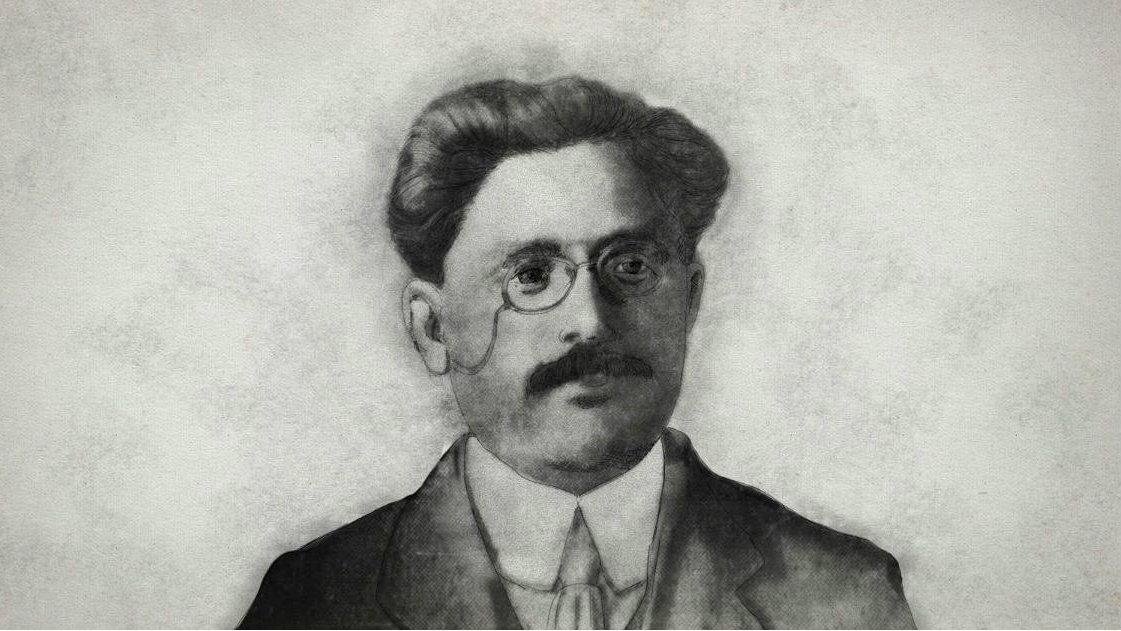The Indian bowler who took American cricket by storm in the 1900s
Southern California discovered cricket in the late 19th century, two centuries after the sport reached American shores, but the region lost little time in taking to the game with enthusiasm.
The cricketing season began every summer in May. Several counties—including Los Angeles, Santa Monica, San Diego, and San Francisco (in mid-California)—had their own leagues. Practice matches between league teams would kick off the season and near its end, a combined Los Angeles team would take on Santa Monica 11—comprising the best players from that region—for the Dudley Cup.
Year after year, the cricketing season unfolded without spectacular surprises, until the arrival of an Indian and his virtually unplayable spin bowling in the summer of 1907.
Maneckji Jamshedji Bhumgara, a Parsi from Surat, became a bowling sensation for his Los Angeles league team. The “East Indian,” as he was described in the local papers, was lauded for his “twirling abilities” that left the opposition batsmen flummoxed. His recurring five-wicket hauls made him a match-winner, and he was, on occasion, handy with the bat as well.

Bhumgara, who moved to Los Angeles around 1905, turned out for the Wanderers, one of the three league teams in Los Angeles, in his first season. In a crucial league match on July 8, 1907, when his team played the Marylebone Club, Bhumgara scored 16, as his team made 59—one of only three players who reached double figures. He took five wickets and Wanderers won the Test (comprising only an innings each) by six runs.
That first season, Bhumgara took 20 wickets at an average of 5.2 runs in the league matches. In the Tests against the Santa Monica 11, he took 11 wickets at 5.5. The next season, he switched sides to play for the Marylebone, and his prowess with the ball continued. Newspapers raved about his performance against the Zingaris, the third team in the Los Angeles league: though his team lost by four runs, he took five wickets.
In another league match against the same opposition, Bhumgara once again scalped five, and, as the Los Angeles Times wrote, he would have taken more had his team not dropped so many catches. Most of the matches those days were low-scoring affairs, with players rarely reaching double figures. In 1909, Bhumgara played for Wanderers again.
Game of expatriates
Teams often visited Southern California. In 1908, the Clifton Cricket Club from Arizona—its players were mainly from the British-owned Arizona Copper Company—travelled to Los Angeles to play a series of matches. Bhumgara took nine wickets (six in the first match) to help the combined Los Angeles side beat the visitors. In the same year, a team from San Francisco toured as well.
Cricket, by that time, was big in southern California. There were older cricket clubs in the US: the Philadelphia Cricket Club, formed in 1854, was perhaps the first. The St George’s Cricket Club in Manhattan, New York, hosted the country’s first international match in 1844, when Canada played against the US. The Metropolitan League was established in New York in 1876, and bigger cities like Detroit, Chicago, and Pittsburgh also had their teams.
In southern California, as the historian David Sentance wrote, cricket thrived in the rich orange-growing regions. The orchards were owned by wealthy British and European expatriates, who played cricket and tennis in the summer in the elite clubs. The Los Angeles Cricket Club was formed in 1888 and other clubs followed soon—Santa Monica in 1893 and Riverside in 1902. Further north, San Francisco’s cricket drew from its rich history of immigrants (though records are unreliable from the late 19th century) from south Asia.

Bhumgara came to Pasadena in Los Angeles from New York. Documents related to his arrival in New York in 1904 show that he was born in Surat on July 27, 1878. He moved to Bombay before travelling to England, where he lived for 10 years (mainly in London and Liverpool). He described himself as an art merchant—in the Los Angeles city directory, he was listed as an art store manager.
Straddling two worlds
While information is scarce, there is reason to believe that Bhumgara was related in some way to Framji Pestonjee Bhumgara, the well-known Oriental art store owner and merchant, whose company, by the 1890s, had branches in many cities across the world.
The business began in 1865, when the Bhumgaras set up their first art store dealing with wooden carvings and artefacts in Surat. The firm branched out to Bombay, and the Bhumgaras acquired prominence from their association with the reputed philanthropist and textile mill owner Maneckji Dinshaw Petit. By 1886, the Bhumgaras had been named art dealers to Queen Victoria, and their displays at exhibitions in Paris, Chicago, and elsewhere received considerable attention.
Bhumgara, whose father Jamshedji had been associated with Bhumgara and Co., honed his cricket skills playing for Bombay’s Elphinstone Cricket Club (formed in 1870s). During his time in London, he turned out for the Crescent Hampstead Cricket Club, and when in Europe on business, he played cricket in Paris, Brussels and Antwerp, among other cities.
As records show, when Bhumgara and Co. displayed their goods in exhibitions in various American cities, such as Portland and St. Louis, in 1904-1905, Bhumgara was present there as well. He set up base as an art dealer but ensured he didn’t miss out on any opportunity to play cricket.
Question of belonging
For all the honours he won for his team, Bhumgara struggled to belong. In 1890, a fellow Parsi, Eduljee Sorabji, secured citizenship in the US. But, by the turn of the 20th century, American federal and state authorities had begun placing restrictions on immigration, and tightening laws to discourage Asian emigration.
Despite the strictness, citizenship laws were couched with ambiguity and interpreted by the courts quite vaguely and inconsistently. For those seeking naturalisation in the early 20th century, the onus was on them to prove themselves Caucasian and, more often than not, such an interpretation invoked questions of race and colour. Bhumgara’s own declaration papers (these were filed prior to making a petition for naturalisation) made contradictory statements – it read, colour: white, complexion: dark.
Where south Asians were concerned, court rulings on naturalisation would, over the next few years, take a convoluted turn, as seen in the Bhagat Singh Thind case. Thind was granted citizenship by an Oregon court in 1920, only to have it overruled in a binding supreme court decision in 1924. This decision also ruled that south Asians “were aliens” and could not be granted citizenship. The ruling effectively stopped immigration from south Asia for the next two decades.

Bhumgara did not evidently follow up on his declaration. In any case, he lived a somewhat peripatetic life. Around 1908-’09, he announced his decision to travel a bit more. He would, in the end, settle in London, as records suggest, and remained a frequent visitor to continental Europe and the US on business.
In 1915, he was Superintendent of the India exhibits during the Panama Pacific International Exposition in San Francisco, which celebrated the opening of the Panama Canal, and commemorated the host city’s recovery after the 1906 earthquake. In 1920, he filed a case in San Francisco, claiming compensation for goods lost by a business associate. Bhumgara died in 1944, in Paris, aged 66, survived by his wife, Coovermai, who was in London.
Cricket in southern California thrived till the 1930s and 1940s, with the formation of the Overseas Cricket Club and the Hollywood Cricket Club in 1932 by British actor and cricket player C Aubrey Smith. The arrival of British actors in Hollywood gave a fresh stimulus to cricket in the region. Actors such as Boris Karloff (from Frankenstein), Leslie Howard and David Niven all played for the Overseas Cricket Club. Though cricket’s popularity shrank with the rise of other sports across most of the US, cricket clubs continue to thrive in California, thanks to its large immigrant South Asian population and the contribution of players, such as Bhumgara.





